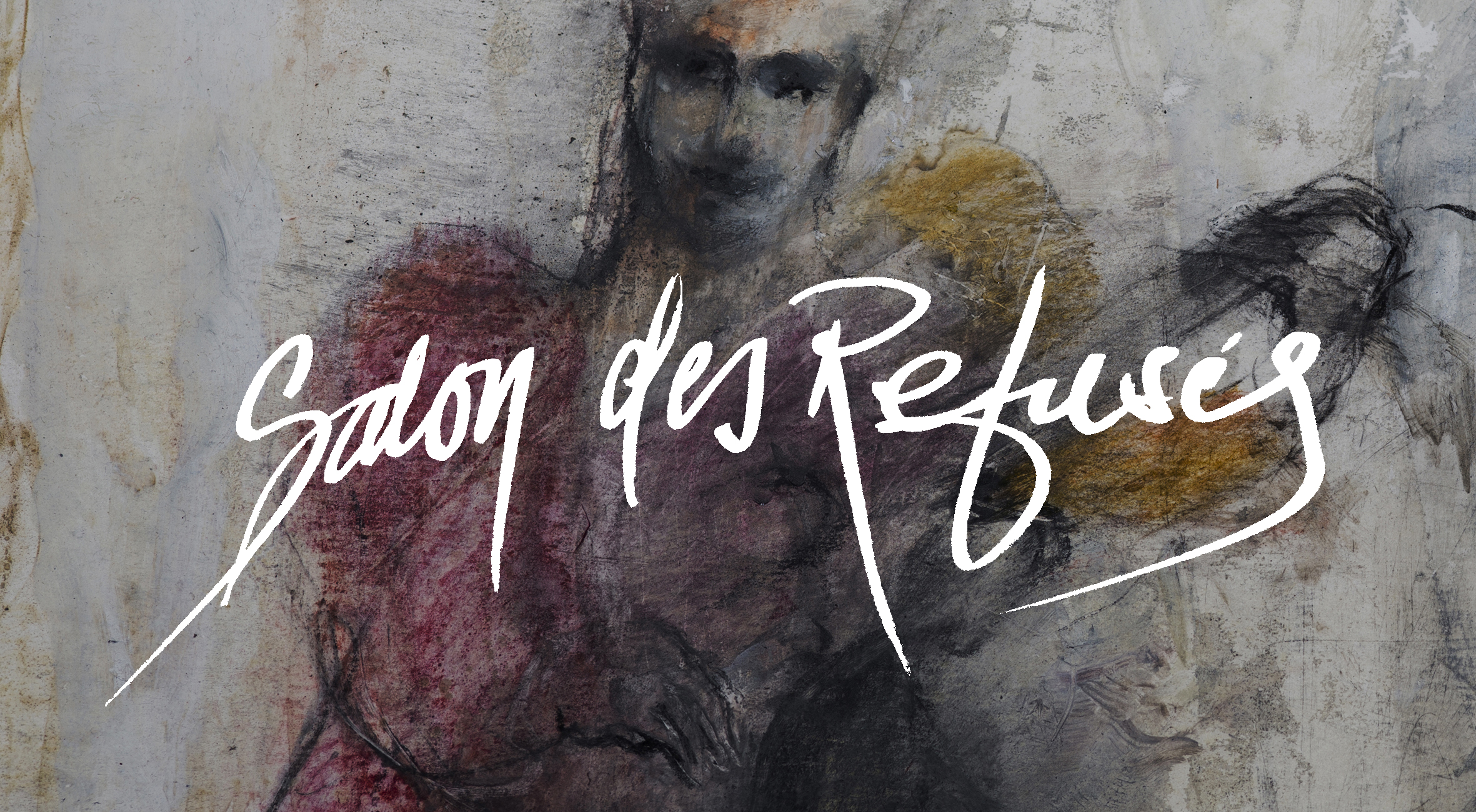“You have to think of a walking elephant… Don’t make him run!”
Bahauddin Dagar describing a certain kind of bend.
One of the first sounds/techniques that I started working on was developing different kinds of bends. For me it is one of the most beautiful sounds on the bass but it’s very rarely used. When you speak about bending a string a lot of people conjure up the image of maybe a blues or rock guitarist and while that is not wrong it isn’t really the sort of bending I’m looking for. For me the ideal bending sound was coming from Indian instruments such as the sitar and the rudra vina. The rudra vina in particular is an instrument that has changed the way I look at my own instrument. Or perhaps I should say a vina player. In my search for learning more about the Indian classical music I met Bahauddin Dagar in Rotterdam in april 2010. Before then I had been studying Indian music with whoever could teach me but this was my first meeting with an Indian musician from India. Bahauddin is one of India’s premier rudra vina players and his late father, Zia Moihuddin Dagar, is considered by many as “the” player. The Dagar family is one of the most respected in the dhrupad tradition and known for their long alaps. Before we met I already had developed some of the technical aspects (like bends, slides) but that first meeting with Bahauddin just opened my eyes, ears and hands to try and develop things that I never would have thought of before or just rejected as impossible. Well at least not appropriate! Because why would you practice slow bends if you are playing bass in a heavy metal-band?
One of the things that makes Bahauddin such a great teacher for me is that in a way his knowledge about ”how you should” play the bass (before we met at least) was somewhat limited but his knowledge about the bass sound is very good. The rudra vina can simply be described as the bass of Indian classical music. The sound is very deep and the way it’s played has many similarities to the bass. So what happened was Bahauddin asked me to do things that on his instrument isn’t that difficult but on my instrument seemed almost absurd. When you bend on the vina you have a huge range compared to the bass. Also the fretboard is bigger so you always pull the string down which is easier to do. In the beginning I just sort of laughed and tried my best but then as my fingers got stronger (it’s like finding that new muscle that you never worked on before) my bending-range increased pretty quickly. Of course there is a limit to how much you can bend on a bass with standard strings and standard tuning but I was surprised on how far I could go with some practice!
One thing to accept is that bending on the bass is two quite different movements in the left hand. The E and A string are the easy ones because you bend downwards which I feel gives you more power, control and a more relaxed position. But D (if you want to bend more than a half step) and G require you to bend upwards which can put both your hand and left shoulder in an uncomfortable position.
Another thing which created a problem for me, especially when doing the bigger bends, is the fact that you come in contact with other strings. The way I solved for instance a bend from E to G on the G string is to lift the D string with my right hand which gives my left hand more space. But that coordination took some practice and is still something that can be perfected.
Audio clip: Adobe Flash Player (version 9 or above) is required to play this audio clip. Download the latest version here. You also need to have JavaScript enabled in your browser.
